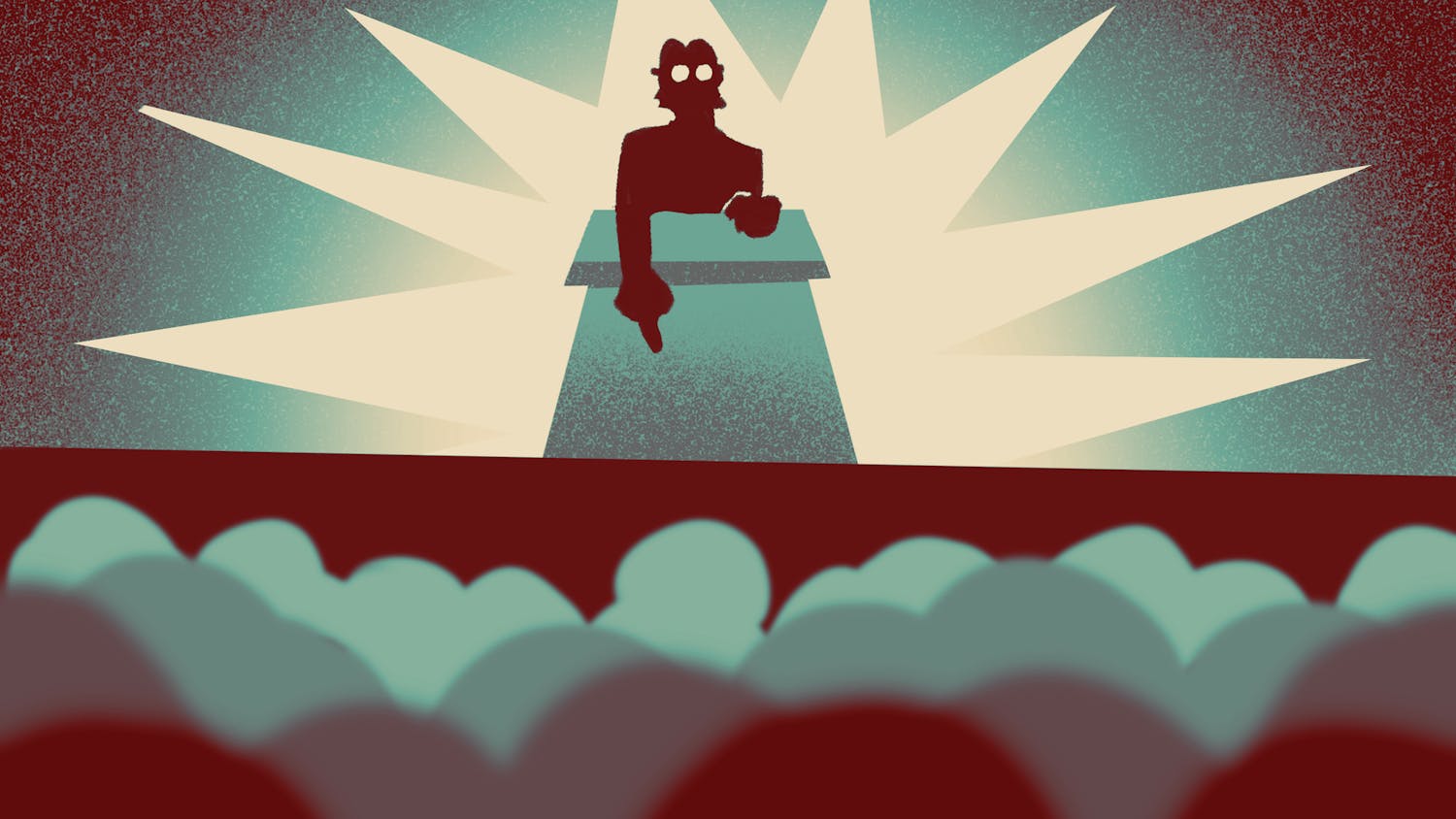Bobby Knapp began socially smoking when he was 14 years old, smoking mostly around his friends. But by the time he was 18, this social habit turned into an addiction. Smoking multiple cigarettes a day, Knapp decided he needed to quit. He threw away his cigarettes and hoped for the best.\nA year passed, and Knapp was still smoke-free. Then after a rough breakup with his girlfriend, he found himself reaching for a familiar comfort.\n"I thought a cigarette would be nice," he said. "Then it just snowballed."\nTwo months later, Knapp realized he once again was addicted to cigarettes.\n"I started getting anxious on a drive to IUPUI," he said. "I didn't have any cigarettes."\nToday, as a 20-year-old Bloomington resident, Knapp still smokes 10 cigarettes a day, half of a pack. \nFor many people, Knapp's difficulty with quitting smoking is familiar. Currently cigarette addiction controls the lives of more than 26 million people in the United States, according to the Centers for Disease Control and Prevention (CDC). This same addiction accounts for more than 440,000 deaths each year, making cigarette smoking the leading cause of preventable death in the United States.\nThese statistics have many smokers wanting not only to understand their addiction but also to find the easiest and quickest methods to kick the habit.
Logic of addiction \nThe reasoning behind the addictive power of cigarettes is three-fold: chemical, habitual and psychological. \nAfter inhaling cigarette smoke, it takes seven seconds before the addictive chemical nicotine enters the blood stream and begins manipulating certain receptors in the brain. These receptors influence muscle movement, breathing, heart rate, learning, memory, mood, appetite and more, according to the National Institute of Health (NIH).\nNicotine also increases the levels of dopamine, a pleasure molecule, in certain parts of the brain. This boost of dopamine is the same reason why people have difficulty quitting other drugs, such as heroine and cocaine, the NIH states. This psychological effect that nicotine has on the brain is biphasic, according to the National Institute on Drug Abuse. In other words, it has the ability to both relax and stimulate the brain. Regular smokers begin to rely on the effects of nicotine as a mood manager. If they are bored, a cigarette may give them more energy. If they are stressed, lighting up may help them unwind. \nPerhaps cigarettes' largest influence is that over a smoker's daily routine, said IU Health and Wellness Director Anne Reese. Once a smoker becomes accustomed to a schedule involving cigarettes, it's hard to quit. It becomes habitual.
Aiding the process\nAfter quitting smoking, nicotine begins leaving the body immediately. According to the NIDA, nicotine has a half-life of only two hours. In other words, two hours after quitting, half of the nicotine in the blood stream will have completely left the body. This is the reason most smokers experience strong withdrawal symptoms during the first few weeks after quitting. \nReese said these symptoms can include coughing, trouble sleeping and agitation. Moreover, without nicotine to regulate the pleasure sensors in the brain, many people going through withdrawal experience anger, hostility and aggression. \n"During this time there is a high probability of going back to smoking because everyone wants to be comfortable," Reese said. "And all you need to do that is to have a cigarette." \nThere are many products available today to lessen the effect of nicotine withdrawal. Nicotine replacements, such as a patch or a gum, provide a substitute source of nicotine and are available without a prescription. A gum delivers the nicotine more quickly than a patch, but the taste usually is not enjoyable. Moreover, the patch can cause disturbing dreams.\n"I had the most vivid, realistic, yet bizarre dreams you could imagine," Knapp said of his experience on the patch. "I don't remember my dreams, but every night on the patch was like reality."\nOther forms of nicotine replacements include prescription inhalers and sprays, which act quickly to reduce sudden cravings. \nAnother prescription medication is a called Bupropion hydrochloride, more commonly known as Zyban. This is a non-nicotine-containing anti-depressant that stimulates the brain in the same method as nicotine. While many people lose the ability to control their moods during nicotine withdrawal, Zyban helps maintain stability. According to the American Cancer Society, Zyban has been proven to double smokers' chances of quitting and is often more effective when used in correlation with a patch or gum. \nSupport is one of the best motivators for quitting, Reese said. Many former smokers find this support in smoking cessation groups. The IU Health Center offers free private counseling for students and, beginning May 25, will hold staff and faculty cessation groups. Graduate student Lisa Lewandowski taught a cessation class at IU last semester.\n"In a group like this, you know that the other people are trying to do the same thing that you are trying to do," Lewandowski said.\nMembers are taught to think ahead and plan their day without cigarettes. For instance, if a person typically smokes after breakfast, perhaps they can break that habit and brush their teeth instead. Former smokers are also instructed to carry carrot sticks or lollipops as a distraction from usually placing a cigarette in their mouths. \nHeidi Martin helps instruct a Bloomington Hospital cessation class from 6 to 8 p.m. every Tuesday. Members of this class are given free patches and gum to assist the quitting process.\nAlthough the American Heart Association states that 15 years after quitting a former smoker's lungs and heart will completely repair themselves, Martin said the addiction will always remain.\n"Your addiction never sleeps," Martin said. "It is always there. You can diminish it and cut it down, but the minute you put it back in your body that signal pattern goes right back. The addiction is always waiting for you to be weak or go back."\n-- Contact Health & Science Editor Katie O'Keefe at kjokeefe@indiana.edu.





